81 F. high temperature in the Twin Cities Sunday.
78 F. average high on August 30.
77 F. high on August 30, 2014.
August 30, 1977: Flooding on the southwest side of the Twin Cities, with the international airport getting 7.28 inches of rain in 4 1/2 hours.
August 31: National Trail Mix Day. Go figure.
September Sizzle"Sometimes
you will never know the true value of a moment until it becomes a
memory." In the end that's all we have. The goal is to accumulate great
memories, not stuff.
I took my last wistful dip in the lake
yesterday under a smoky-blue sky. Saying goodbye to summer is always
tough. We spend 8 months plotting and scheming what we're going to cram
into our summers, and in a flash it's over. Or is it?
Today marks
the last day of "meteorological summer", the 90 warmest days of the
year, historically. But don't write summer heat off just yet. MSP has
seen upper 90s during early September, so a few days near 90F isn't
anything earth-shattering. Unless you're sweating it out at the State
Fair.
Highs reach 85-90 from today into
Saturday with sauna-like dew points in the upper 60s and low 70s.
Models hint at a lonely thundershower early
Thursday; otherwise the next chance of statewide storms will come
Sunday, when some of the rain may be heavy.
Friday and
Saturday will be the best days for the lake. Skies clear Labor Day with a stiff wind and temperatures near 70F as Canadian A/C kicks in.
Football is back, the kids are anxious to return to school (?) as summer stages one last hurrah!
State Fair Hot Spell.
It almost always heats up just in time for the Minnesota State Fair,
and 2015 will be no exception. Expect highs well up into the 80s; I
could see a few days at or just above 90F this week. Heavy showers and
T-storms are possible late Saturday; likely Sunday - before skies clear
and a much cooler wind whips up for Labor Day. GFS guidance: NOAA.
Florida Flash Flood Risk.
NAM guidance from NOAA prints out some 3-6" amounts between now and
Tuesday from near Sarasota to Jacksonville and Savannah; tropical
moisture leftover from the recently departed "Erika". She's gone, but
definitely not forgotten in the Sunshine State. Map: Aeris Enterprise.
More July Than September.
All the models are in fairly tight alignment and agreement: a hot week
is shaping up with daytime highs surging well into the 80s, and a dew
point fluctuating close to 70F. We start to cool off Sunday and by
Monday it will (finally) feel like September again.
Plan B Sunday?
Models show basically dry weather into Friday, possibly a good portion
of Saturday, which promises to be the better lake and outdoor day of the
weekend. Models print out 1-2" of rain on Sunday. It's early, but I
would have low weather-expectations for Sunday. Graphic: Aeris
Enterprise.
10 Years After Katrina, Miami Very Vulnerable to Hurricane Hit. Here's a clip from a video and story at
NBC News: "...
Of
the 20 large (global) cities that people talk about as being highly at
risk for coast storms, about eight of them are on the American coast:
the East Coast and the South coast," said Greg Baecher, a professor of
engineering at the University of Maryland. "If a Katrina directly hit
Miami, you are talking about damages that could be several multiples of
what happened in New Orleans," Baecher told CNBC. "First, you have the
size of the city, and the fact that there is nothing between the coast
and the ocean..."
Photo credit: Wikipedia.
Billions Spent on Flood Barriers, But New Orleans Still a "Fishbowl".
The number I heard from PBS News Hour was $14 billion, which is a
staggering sum. It doesn't help that the city is actually situated below
sea level. Will the new and improved (and wildly expensive) levees and
storm barriers hold? Only time will tell. Here's an excerpt from
WUNC: "...
Flood
protection" is a loaded term. The Army Corps of Engineers prefers to
call it a "risk reduction system." The new system is designed to
withstand a 100-year hurricane or a storm that has a 1 percent chance of
occurring each year, and to significantly reduce flooding from a
500-year cyclone. "We changed that lexicon after Hurricane Katrina
because we didn't want the public to be deluded into thinking that they
were protected, that they're safe, that once we have a system that was
complete they were relieved from any risk of flooding," says Mike Park,
the Corps' chief of operations in New Orleans..."
File photo above: "
Nathaniel
Dowl, 18, right, leads his mother Estelle Dowl and sister Cayla Dowl
into the waters around the Superdome, Wednesday Aug. 31, 2005, in New
Orleans, days after Hurricane Katrina hit the city." (AP Photo/The Dallas Morning News, Michael Ainsworth)
Hurricane Katrina In The New Yorker. Click here to see a rundown of stories from The New Yorker since Katrina struck 10 years ago; here's an excerpt: "...A
decade later, reliable information has emerged; so have many stories of
endurance and survival. As a result, many of the New Yorker pieces
collected here have a dual aim. They aim to tell the story of the storm
as it was experienced by those caught up in it; they also try to answer,
in an analytical way, the question of “societal fault.” The term
“natural disaster,” Jelani Cobb wrote last week,
can function as a “a linguistic diversion, one that carries a hint of
absolution. Hurricanes, earthquakes, and floods are natural phenomena;
disasters, however, are often the work of humankind.” In exploring
Katrina and its aftermath, these writers have tried not to be diverted
from the ways in which it was the most human of hurricanes..." (Katrina file image: NOAA).
How Tesla Will Change The World. If you haven't had a chance to read Tim Urban's 3 part series on energy at
Wait But Why
carve out some extra time. It's slightly irreverent, but
information-rich with great illustrations and animations that help to
explain why we are where we are; still stuck with 200-year old
technology to power our vehicles and utilities. Here's an excerpt from
Chapter 2: "...
If electric motors were the more advanced
technology—if they were considered ideal because they were quiet, clean,
and took advantage of cutting edge technology—why did the world give up
on them? In 1900, neither electric nor gas cars were viable for mass
adoption—both needed a few key technological breakthroughs. The key
breakthroughs needed for gas cars happened first—but why was that reason
for us to just settle, permanently, for the more primitive technology
and the one that, over time, would make our cities smoggy and change the
chemical makeup of our atmosphere? If 20th-century human invention
could go from the Wright Brothers’ 12-second flight to the moon in just
66 years, surely advancing battery technology enough to bring electric
car prices and charging times down while increasing range shouldn’t have
been beyond our scope. Why did innovation and progress in something as important to the world as car-powering technology just stop?..."

TODAY: Warm sunshine, sticky. Dew point: 69. Winds: S 15+ High: 86
MONDAY NIGHT: Clear and mild. Low: 69
TUESDAY: Partly sunny, feels like July. High: 88
WEDNESDAY: Free sauna continues. Hot sun. Wake-up: 70. High: 90
THURSDAY: Isolated T-shower, then murky sun. Wake-up: 71. High: 87
FRIDAY: Tropical sunshine. Dew point: 72. Wake-up: 71. High: 88
SATURDAY: Best lake day. Hot sunshine. Wake-up: 69. High: 91
SUNDAY: Heavy showers & T-storms. Wake-up: 70. High: 82
LABOR DAY: Damp start, then partial clearing with a stiff wind. Wake-up: 64. High: 71
Climate Stories....
Warming's Recipe for Baked Alaska: Trillions of Tons of Glaciers Gone, Millions of Acres Burned. Here's an excerpt from AP and
US News: "...
More
than 3.5 trillion tons of water have melted off of Alaska's glaciers
since 1959, when Alaska first became a state, studies show — enough to
fill more than 1 billion Olympic-sized pools. The crucial, coast-hugging
sea ice that protects villages from storms and makes hunting easier is
dwindling in summer and is now absent each year a month longer than it
was in the 1970s, other studies find. The Army Corps of Engineers
identified 26 villages where erosion linked to sea ice loss threatens
the communities' very existence. Permafrost is thawing more often as the
ground warms, so as the ground oozes, roads, pipelines and houses'
foundations tilt and shift — sometimes enough to cause homes to be
abandoned..."
Photo credit above: "
In this March
29, 2006 photo, a skier poses for a photograph on Portage Lake in front
of Portage Glacier, about 50 miles south of Anchorage, Alaska. The
Portage Glacier, which is a major Alaska tourist destination near
Anchorage has retreated so far it no longer can be seen from a
multimillion-dollar visitors center built in 1986. President Obama
leaves Monday, Aug. 31, 2015 for a three-day visit to the 49th state in
which he will speak at a State Department climate change conference and
become the first president to visit the Alaska Arctic. There and even in
the sub-Arctic part of the state, he will see the damage caused by
warming, damage that has been evident to scientists for years." (Evan R. Steinhauser/Anchorage Dispatch News via AP, File).
What's A Glacier Visitor Center With No Glacier? Yale Climate Connections
has a post and interview with St. Louis businessman Larry Lazar, who
went from climate skeptic to acknowledging the science after a visit to
Alaska; here's an excerpt: "...
A photograph from the 1990s proves
the glacier could once be seen from the visitor’s center. But just a
decade later, Lazar’s family had to take a long boat ride up the lake to
find it. “This made it very clear that global warming is real.
Unfortunately, that’s not what I had been hearing on radio and TV back
home in St. Louis. I reflected on this a great deal on the return trip.
When I got home, I turned off the radio and TV and I opened some books. I
started with James Hansen’s Storms of My Grandchildren and continued
from there. The more I learned, the more aha moments I had — many of
them alarming, which is why I speak out today to protect the climate...”
How To Talk About Climate Change So People Will Listen.
Somewhere between the apocalyptic tales of gloom and doom and the "no
worries!" attitude of perpetual deniers lies the truth; here's an
excerpt from
The Atlantic: "...
According
to Forbes, the world has 1,645 billionaires, several hundred of them in
nations threatened by climate change. If their businesses or homes were
at risk, any one of them could single-handedly pay for a course of
geo-engineering. Is anyone certain none of these people would pull the
trigger? Few experts think that relying on geo-engineering would be a
good idea. But no one knows how soon reality will trump ideology, and so
we may finally have hit on a useful form of alarmism. One of the
virtues of Keith’s succinct, scary book is to convince the reader that
unless we find a way to talk about climate change, planes full of
sulfuric acid will soon be on the runway." (Image: Josh Cochran).
U.S. Is Seen as Laggard as Russia Asserts Itself in Warming Arctic. This is why the Navy and all arms of the military are taking warming (and rapidly melting Arctic ice) so seriously.
The New York Times has the story - here's an excerpt: "...
When
President Obama travels to Alaska on Monday, becoming the first
president to venture above the Arctic Circle while in office, he hopes
to focus attention on the effects of climate change on the Arctic. Some
lawmakers in Congress, analysts, and even some government officials say
the United States is lagging behind other nations, chief among them Russia,
in preparing for the new environmental, economic and geopolitical
realities facing the region. “We have been for some time clamoring about
our nation’s lack of capacity to sustain any meaningful presence in the
Arctic,” said Adm. Paul F. Zukunft, the Coast Guard’s commandant..." (Image credit: Ruth Fremson, The New York Times).

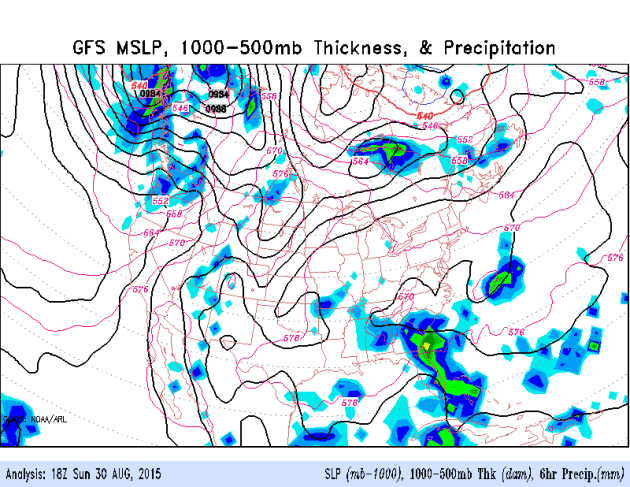
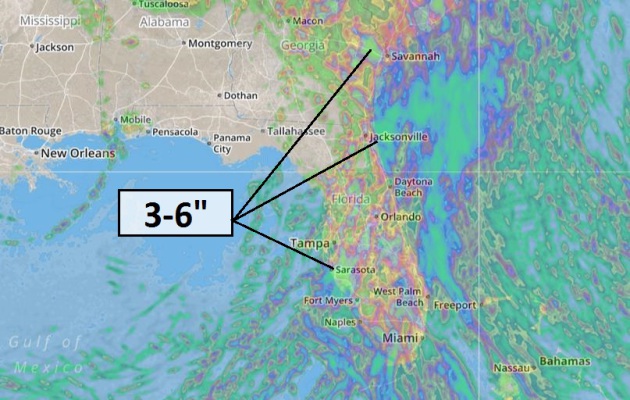


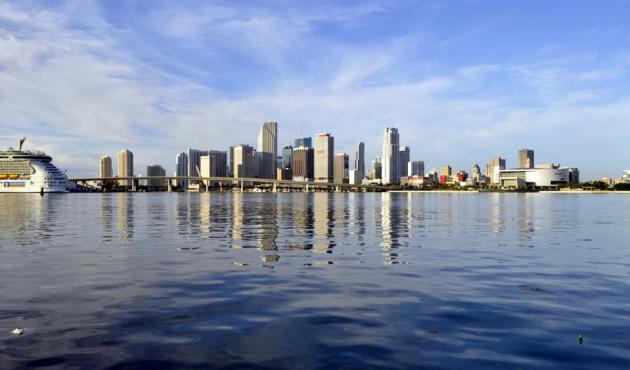
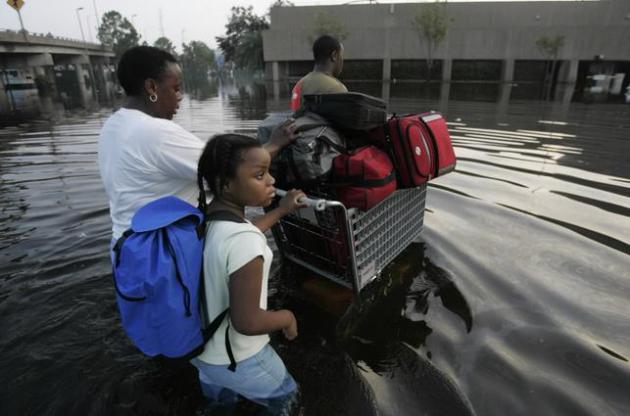

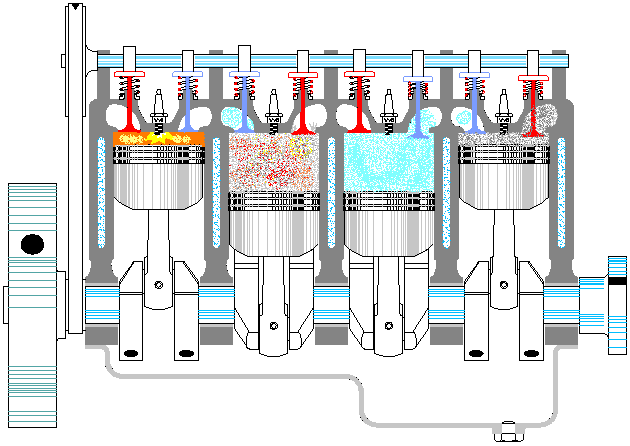


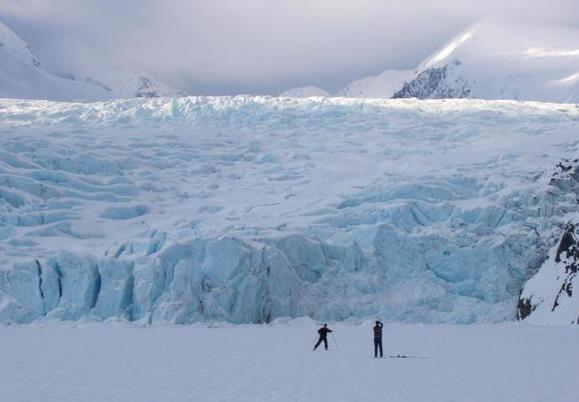



No comments:
Post a Comment